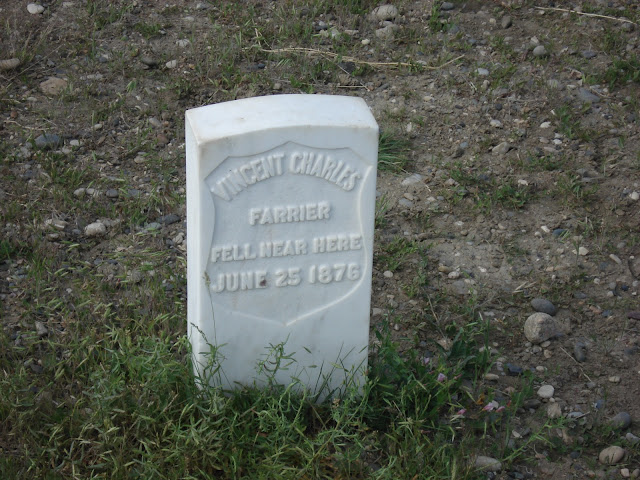 A few days ago I wrote a preliminary review of The Dark Monk by Oliver Potzsch, which I was still reading. I have now finished the book and will say a few more things about it.
A few days ago I wrote a preliminary review of The Dark Monk by Oliver Potzsch, which I was still reading. I have now finished the book and will say a few more things about it.Jakob Kuisl is the hangman of Schongau and the father of Magdalena Kuisl and a set of younger twins, with his wife Anna Maria. These names are all the names of real people, ancestors of the author of the book. Jakob was really the hangman; that job passed through many generations. There were at least 14 hangmen in the author's family line, and both the father and grandfather of Jakob were hangmen. The real Jakob Kuisl lived to age 82 and was survived by his wife for two more years--living that long was not very common in those days!
As far as I know, Simon Fronwieser, the young doctor who was the romantic interest of Magdalena in the books, is a ficticious creation of the author. Although the Kuisl family was real, the stories are fiction.
Now, what did I think of the book? I liked parts of it very much. Some of it, not so much.
The positives. The characters, the setting, the details about life in in Bavaria in the 1600s.
The negatives. The basic plot is quite derivative. Although it starts with the murder of a village priest, it becomes another story where the protagonists realize there is an ancient clue to a "treasure" of some sort. They solve that clue, which leads to another, which leads to another, which ...etc, while being followed by the bad guys, who also want to find the long, lost "treasure." The clues and their locations are so implausible that it did detract from my enjoyment of the story. In some places the dialogue seems rather awkward, with the characters using slangy phrases that seem too modern for the times. This may be a fault of the translation from the German, rather than a fault of the author.
More positives.If you can shut off your critical faculties, it can be fun, rather like the movie National Treasure. There were, however, side plots that I liked better than the main plot. A gang of highwaymen is disrupting trade and causing hardship in Schongau, not to mention killing people. The townspeople are dying from a deadly disease, which the doctor is trying to find an effective treatment for. Magdalena defends herself against a lecher in a unique way. The hangman finds a way to keep his word to a condemned man.
At the end of the book the author provides a very interesting section about his family history and the locations he used in the novel. He gives details for touring the sites he used. For most of them he recommends touring by bicycle to get the most enjoyment from the beautiful country. He gives distances and approximate times it takes to bicycle from one point to another. He tells of his own problems in finding a waterfall he hoped to use as a setting. When he was scouting it out (hiking) he took a wrong turn and had to do a lot of backtracking, so he gives directions to make it easy to find. I'll never get to Bavaria, but I enjoyed reading about it.
Will I read another book by this author? Yes, I plan to read the first book in the series, The Hangman's Daughter, and he has another book about these characters in the works.




















